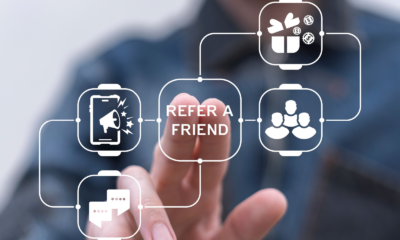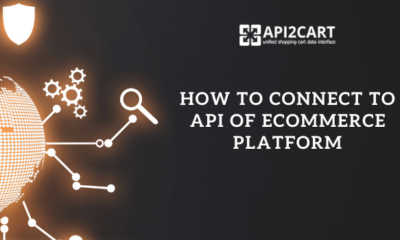MARKETING
Does your organization need a sales enablement platform?

Sales enablement platforms can assist marketers in creating, maintaining and curating customizable content that supports sales efforts. Additionally, the analytics that sales enablement platforms offer can generate valuable intelligence that can better inform the whole organization on buyers’ interests and the pain points they’d like solutions to address.
But, deciding whether or not your company needs a sales enablement platform calls for the same steps involved in any software adoption, including a comprehensive self-assessment of your organization’s business needs, staff capabilities, management support and financial resources.
Use the following questions as a guideline before beginning the purchasing process:
The rapid shift to digital brought about by the COVID pandemic forced businesses in every category to make adjustments. Is your salesforce currently able to deliver the type of engaging content that drives sales, making up for the one-on-one persuasion techniques they may have employed when meeting with prospects in person? If not, sales enablement software may be a good investment, as the bar for acceptable digital experiences is continually rising.
If they’re spending a lot of time dealing with the inefficiencies addressed by a sales enablement platform, the time savings may make the investment worthwhile.
Are your decisions on content creation, personalization and deployment strategies driven solely by instinct or gut feeling rather than definitive data? If so, a sales enablement platform could provide valuable guidance.
Do they understand the needs of prospective customers or could they benefit from further education on the market?
The pandemic has forced workers in a wide variety of roles and industries to learn new skills. It’s unlikely that the selling environment will ever return to what it was previously, so you will need to ensure your workforce is ready to learn what will work today and into the future. This caution applies to the marketing team, as well, as sales enablement will require them to learn new processes around content development and management.
Using AI and machine learning, some sales enablement platforms record, parse and derive insights from every action buyers take during the sales cycle including video and audio calls, email threads and social media interactions.
Using AI and machine learning, some sales enablement platforms record, parse and derive insights from every action buyers take during the sales cycle including video and audio calls, email threads and social media interactions.
C-suite buy in and appropriate staffing are crucial to the effectiveness of any sales enablement platform. Though the sales team is likely to be the primary beneficiaries of the technology, marketers should be very involved with its use, as well. In any case, the leaders of the two departments need to agree on the technology and ensure that they put the proper resources in place so that it is used effectively. In the worst-case scenario,
such technologies can become expensive reservoirs of assets and untapped data with unfulfilled potential to increase revenue and improve your customer experiences.
Different platform vendors provide different levels of customer service – from self-serve to full-serve – and strategic consulting services. It’s important to have an idea of where you fall on the spectrum before interviewing potential partners. Training is essential. If your organization chooses not to hire internal staff, then
consider whether you need to use a certified platform partner to effectively use the system.
Many enterprises work with different partners for email, e-commerce, CRM, social media, paid search, SEO and display advertising. Investigate which systems the vendor integrates with – whether natively or via API – and find out if they offer seamless reporting and/or execution capabilities with them.
What information do your marketing managers, salespeople, customer support teams and IT departments require to improve decision making? You want to know the specific holes in your current reporting that will be filled by additional functionality and, more importantly, you want to be sure that that the additional information derived from sales enablement analytics will drive better decisions.
Sales enablement platforms are typically priced on a user license basis — a certain price per user, per month. Often, vendors split their offerings into various modules. By determining how many people will be using the
platform, and how many of the discrete modules you will need, you can get a sense of the ongoing costs of using the platform. Depending on your situation, onboarding may be relatively simple, or you may require assistance from a consulting firm, systems integrator or agency. Be sure you’ve built this cost into your model for determining the total costs of the implementation.
Set your business goals for the platform in advance to be able to benchmark success later on. Without them, justifying the expense of the platform to C-suite executives will be difficult.
Source link



















You must be logged in to post a comment Login